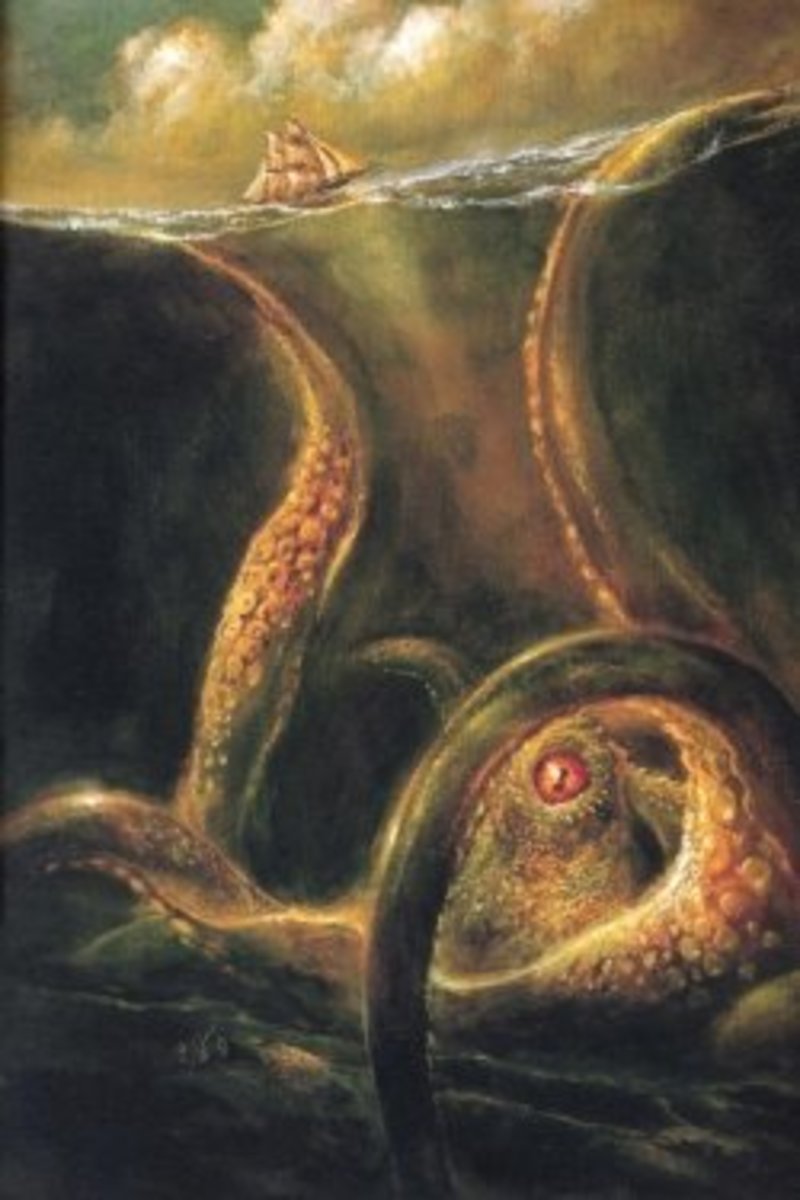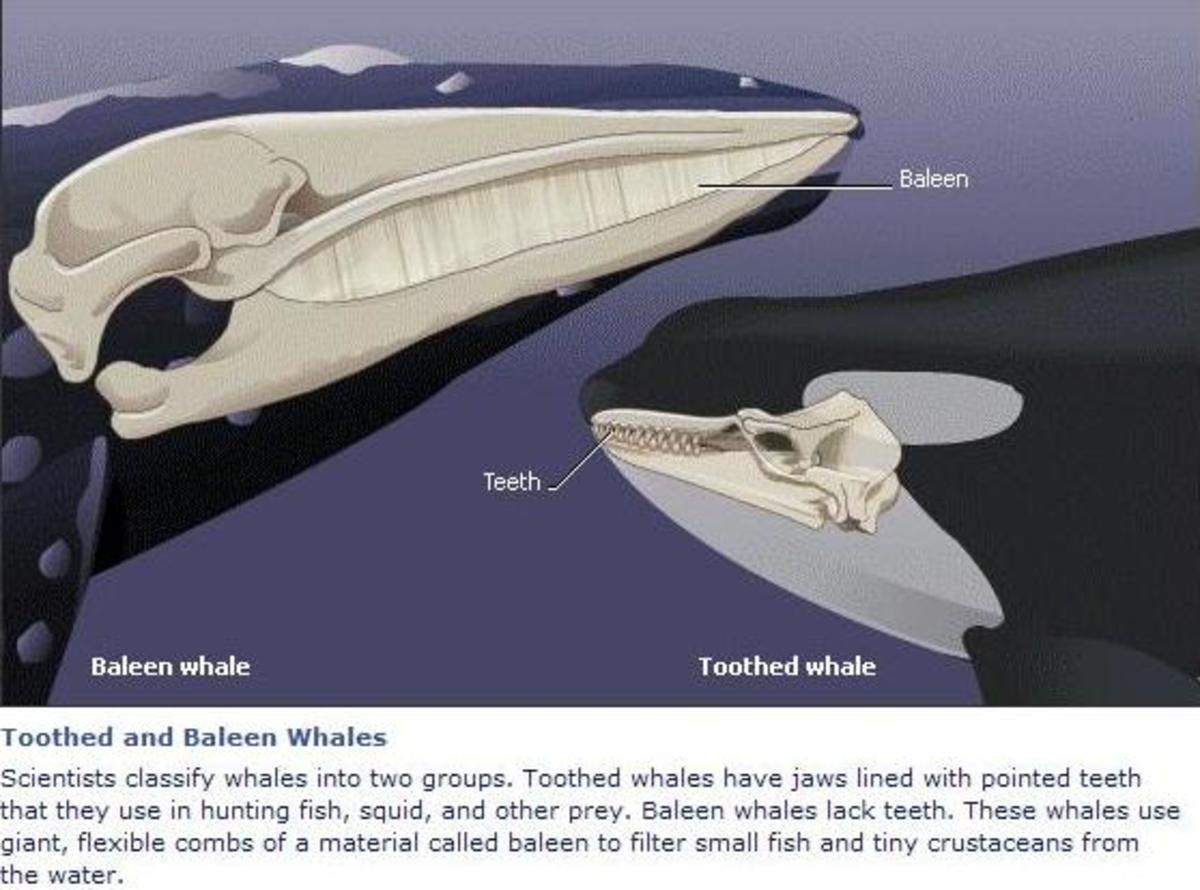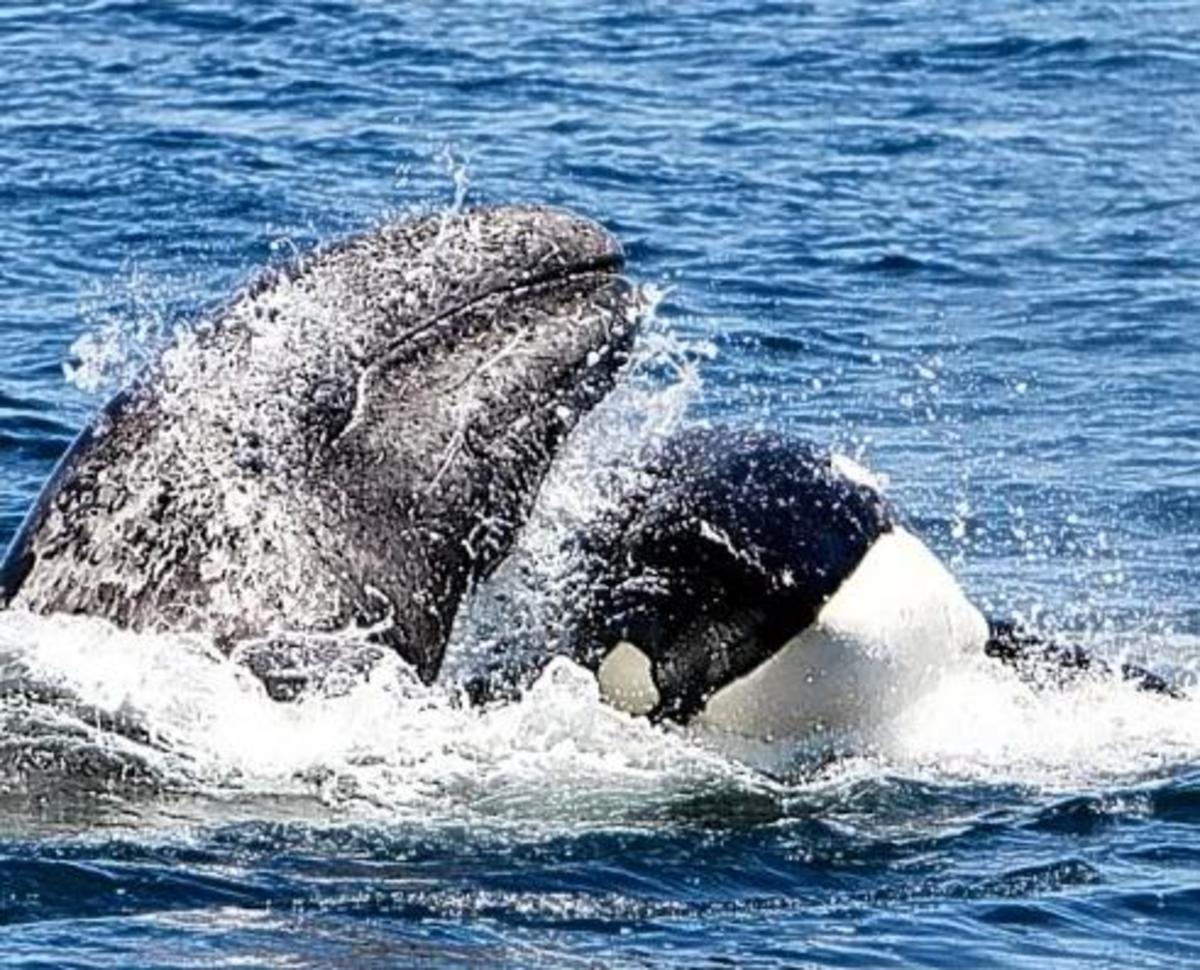- HubPages»
- Education and Science»
- Life Sciences»
- Marine Biology
The Giant Squid

Giant Squid Ahoy!
A creature of mythology, finally proved to exist, the Giant Squid has captivated the imaginations of human beings for centuries.
Hopefully, this lens will prove to be a great resource for anybody who wants to learn a little bit more about this fantastic creature. Welcome!
(Photo Source: Greenpeace.org)
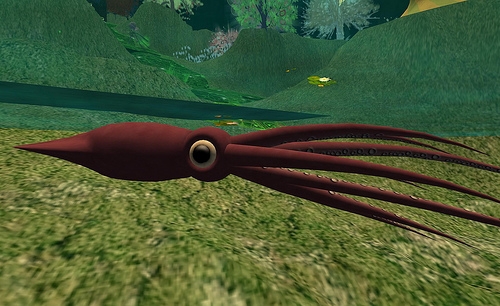
(Photo by Torley)
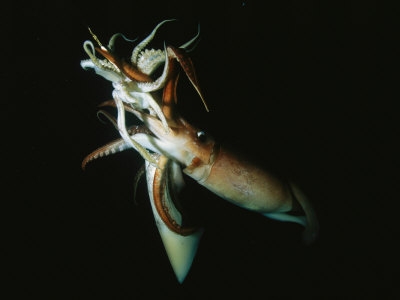
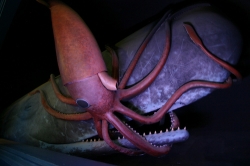
Giant Squid - Giants of the Deep
They Get HOW Big?
Giant squid, once believed to be mythical creatures, are squid of the Architeuthidae family, represented by as many as eight species of the genus Architeuthis.
These massive creatures dwell in the deep ocean and can grow to an extreme size. The most current estimates of their maximum size ranges from 34 feet (10 meters) for males and 44 feet (13 meters) for females, when measured from the caudal fin to the tip of the two long tentacles.
Giant squid are second in size only to the Colossal Squid, which at an estimated 46 feet in length is one of the largest living things on earth. There have been claims of giant squid sightings of sizes up to approximately 66 feet long, but none of these has been scientifically documented.
The first images of a live giant squid in its natural habitat where taken on September 30, 2004 by researchers from the National Science Museum of Japan in conjunction with the Ogasawara Whale Watching Association. The images taken on that day, more than 500 of them, were not released until a year later.
Although giant squid have great length, they're not particularly heavy because most of their length is taken up by their arms and tentacles. Their weights have been measured in the hundreds of kilograms, while their primary predator, the Sperm Whale, have weights in the thousands of kilograms.
(Photo Credit: Ryan Somma)
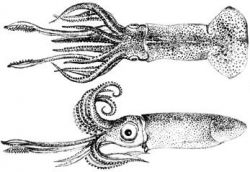
Giant Squid Reproduction
Birds Do It, Bees Do It...
The reproductive cycle of the giant squid has not yet been well-documented. It is known, however, that male giant squid have a prehensile penis-like organ of over 3 feet (90 cm) in length, extending from the mantle.
Scientists believe that the organ is used to inject sperm-containing "packages" into the female squid's arms. It is not presently known exactly how the sperm is then transferred to the female's egg mass.
(Photo Credit: EOL.org)
Read About the Giant Squid





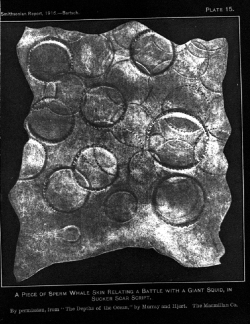
More Giant Squid Interesting Facts
Eyes and Arms and Bladders, Oh My!
One of the most captivating features of the giant squid is its giant eyes! The giant squid has the largest eyes of any known living creature except perhaps the Colossal squid. A giant squid's eye measures over 1 foot (30 cm) in diameter. That's about the size of a dinner plate!
The arms of the giant squid are covered with hundreds of suction cups. Each suction cup is mounted on an individual stalk-like appendage, and has a ring of extraordinariliy sharp "teeth" around it's circumferance. These cups are generally 1 - 2 inches (2 - 5 cm) in diameter, and allow the squids to capture prey by firmly attaching itself via both suction and perforation.
These suction cup "weapons" are so strong that it is not unusual for scientists to find circular scars caused by these suckers on the head area of sperm whales, which are their primary predator! It is interesting to note that because sperm whales are so good at finding giant squid on which to feed, biologists have in the past conducted in-depth observations of sperm whale feeding and migration patterns in order to study the giant squid.
Giant squid don't have a gas-filled "swim bladder" as fish have in order to give them more buoyancy in the water. Instead, it has been found that the presence of ammonium chloride in the fluid of their flesh performs this function for them. This substance gives the squid's flesh a bad taste for humans - but evidently not for the sperm whales!
(Photo Credit: Public Domain/Wikimedia Commons)
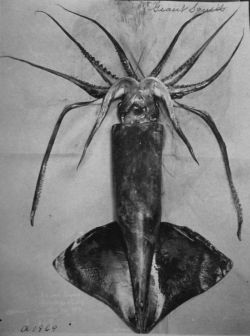
Giant Squid Scientific Classification
Kingdom: Animalia
Phylum: Mollusca
Class: Cephalopoda
Subclass: Coleoidea
Order: Teuthida
Suborder: Oegopsina
Family: Architeuthidae
Genus: Architeuthis
(Photo Credit: National Archives)

Giant Squid in Mythology
Let Loose the Kraken!
Since the times of the ancient mariners there have been stories about the giant squid!
It is thought that these stories are likely to have led to the Norwegian legend of the "Kraken," a huge tentacles sea monster that is as large as an island and able to engulf and sink a large sailing vessel.
The first person to describe the giant squid, Japetus Steenstrup, suggested that this creature may be the species that had been described as a "sea monk" to the Danish King Christian III around the year 1550.
The "Lusca" of Caribbean mythology and the "Scylla" of Greek mythology may also have been based upon sightings of the giant squid. Additionally, other sea monster myths, like the "sea serpent," are also thought to be based on this animal.
(Photo Credit: Public Domain/Wikimedia Commons)
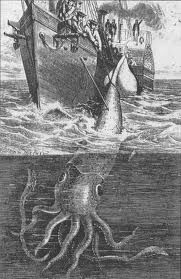
Giant Squid Mystery
Why the Mass Strandings?
Japetus Steenstrup wrote extensively about the giant squid in the 1850s. He was the first to use the term "Architeuthis" for the creater in an 1857 paper.
In 1861 a French gunboat, the Alecton was able to obtain a portion of a giant squid, leading to increased acceptance and recognition of this species by the scientific community.
In the decade between 1870 and 1880 there were a large numbers of "strandings" of giant squids on the shores of Newfoundland. Additionally, there were also many strandings on the shores of New Zealand during the late 1800's.
Although some strandings continue to the present, there has not been a repeat of these giant "mass strandings." The exact cause or causes of these strandings is unknown, although it is believed by many scientists that they may be cyclical, although the time between cycles is not yet known.
A giant squid specialist, Frederick Aldrich, as proposed an average period of 90 years between mass strandings, but as of now the causes and timing of strandings is still considered a mystery.
(Picture Credit: Public Domain/ Wikipedia Commons)
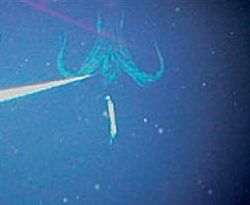
The First Images of a Live Squid!
Say Cheese!
On September 30, 2004, Tsunemi Kubodera (National Science Museum of Japan) and Kyoichi Mori (Ogasawara Whale Watching Association) succeeded in taking history's first images of a live giant squid. Accomplishing this task took their teams almost two years of searching for the elusive squid. Ultimately, on their third expedition to a Sperm Whale hunting ground 600 miles south of Tokyo, they dropped a 3,000 foot line baited with squid and shrimp. Attached to the line was a camera and a flash.
Twenty tries later that day they were rewarded when a 26-foot giant squid took the bait and hooked its tentacle. During the four+ hours it took the squid to free itself from the line, the camera took more than 500 photos - the first images ever taken of a live giant squid in its natural habitat. During its struggle, the giant squid lost one of its 18-foot tentacles, and the scientists were able to take DNA from that appendage and use it to confirm that the animal was in fact a giant squid.
Almost a year later, on September 27, 2005, the photos were released to the world at large.
(Photo Credit: FloryDance)
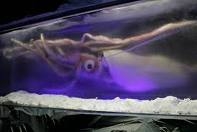
We've Got Squid!
Check Out These Specimens
Several months after the first live giant squid photos were released, the Melbourne Aquarium in Australia paid AUD$100,000 for an intact body of a giant squid preserved in a giant block of ice. Researchers then worked very carefully preserved the animal. It took four days to properly thaw the squid, after which they injected it with a formol-saline solution to prevent it from rotting. This preserved speciment now rests in a 30-foot (9 cm) long glass tank which is filled with a preservative solution.
In early 2006 a trawler off the coast of the Falkland Island caught a giant squid that measured in at 26 feet (8.62 meters). This specimen was sent to the Natural History Museum in London for research and preservation.
(Photo Credit: Fir0002)
Want to Know More? - Check Out These Giant Squid Links!
- BBC News Report
BBC Report of a live giant squid caught on camera. - National Geographic Article
Holy Squid! Photos Offer First Glimpse of Live Deep-Sea Giant - Giant Squid Fact Sheet
Giant Squid and Colossal Squid Fact Sheet - The Giant Squid
General information article.




